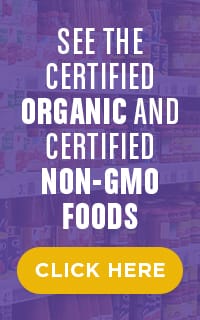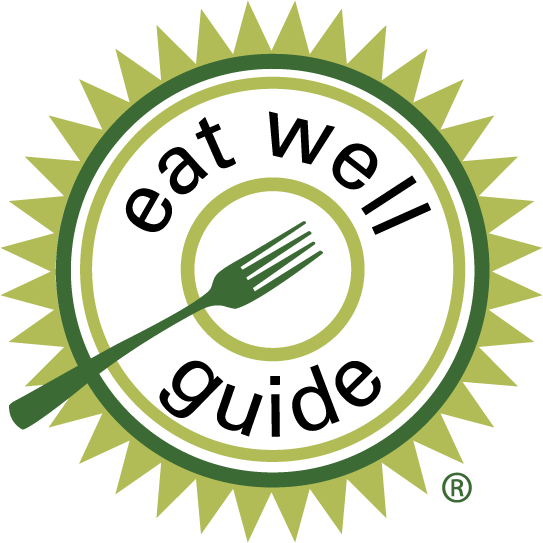Review article concluded that chemical can cause hyperactivity in children.
Peer Reviewed Literature: Kobylewski, S. & Jacobson, M.F. 2012. Toxicology of food dyes. International journal of occupational and environmental health 18(3), 220-46.
Review article concluded that chemical can cause hyperactivity in children.
Peer Reviewed Literature: Kobylewski, S. & Jacobson, M.F. 2012. Toxicology of food dyes. International journal of occupational and environmental health 18(3), 220-46.
A review article conclused that this substance may be carcinogenic at high or cumulative exposures, which are unlikely to occur.
Peer Reviewed Literature: Amchova, P., H. Kotolova & J. Ruda-Kucerova. 2015. Health safety issues of synthetic food colorants. Regulatory toxicology and pharmacology : RTP 73(3), 914-22.
A review article conclused that this substance may be carcinogenic at high or cumulative exposures, which are unlikely to occur.
Peer Reviewed Literature: Amchova, P., H. Kotolova & J. Ruda-Kucerova. 2015. Health safety issues of synthetic food colorants. Regulatory toxicology and pharmacology : RTP 73(3), 914-22.
Review article concluded that chemical caused hypersensitivity reactions.
Peer Reviewed Literature: Kobylewski, S. & Jacobson, M.F. 2012. Toxicology of food dyes. International journal of occupational and environmental health 18(3), 220-46.
Review article concluded that chemical caused hypersensitivity reactions.
Peer Reviewed Literature: Kobylewski, S. & Jacobson, M.F. 2012. Toxicology of food dyes. International journal of occupational and environmental health 18(3), 220-46.
Allergic reactions have been reported in humans.
European Commission, Scientific Committee on Consumer Safety (SCCS). 2004. OPINION OF THE SCIENTIFIC COMMITTEE ON COSMETIC PRODUCTS AND NON-FOOD PRODUCTS INTENDED FOR CONSUMERS Concerning Acid Yellow 23. SCCNFP/0786/04.
Allergic reactions have been reported in humans.
European Commission, Scientific Committee on Consumer Safety (SCCS). 2004. OPINION OF THE SCIENTIFIC COMMITTEE ON COSMETIC PRODUCTS AND NON-FOOD PRODUCTS INTENDED FOR CONSUMERS Concerning Acid Yellow 23. SCCNFP/0786/04.
NTP Toxcast scored 1.5-2.5
National Toxicology Program (NTP): EWG Toxcast Analysis
NTP Toxcast scored 1.5-2.5
National Toxicology Program (NTP): EWG Toxcast Analysis
Developmental neurotoxicity observed in chicken embryos.
Aysegul Ozdemir Ovalioglu, Talat Cem Ovalioglu, Gokhan Canaz, Aysegul Esen Aydin, Sema Arslan, Mehmet Sar & Erhan Emel. 2020. Effects of Tartrazine on Neural Tube Development in the Early Stage of Chicken Embryos. Turkish neurosurgery 30(4), 583-587.
Concerns from impurities
Impurity: BIPHENYL-2-YLAMINE
Suspected of causing cancer
EU GHS Hazard Labeling Codes: GHS Hazard Codes
Impurity: CADMIUM
Suspected of causing genetic defects
EU GHS Hazard Labeling Codes: GHS Hazard Codes
Impurity: CADMIUM
May cause cancer
EU GHS Hazard Labeling Codes: GHS Hazard Codes
Impurity: CADMIUM
Causes damage to organs through prolonged or repeated exposure
EU GHS Hazard Labeling Codes: GHS Hazard Codes
Impurity: CADMIUM
Suspected of damaging fertility.
EU GHS Hazard Labeling Codes: GHS Hazard Codes
Impurity: CADMIUM
Suspected of damaging the unborn child.
EU GHS Hazard Labeling Codes: GHS Hazard Codes
Impurity: CADMIUM
Carcinogenic to humans
International Agency for Research on Cancer (IARC): Agents classified by the IARC Monographs (through Volume 127)
Impurity: CADMIUM
Known To Be Human Carcinogen
National Toxicology Program (NTP): NTP 14th Report on Carcinogens
Impurity: CADMIUM
Probably carcinogenic to humans
Environmental Protection Agency (EPA): EPA Integrated Risk Information System (IRIS) - Cancer








 EWG's Good Food on a Tight Budget
EWG's Good Food on a Tight Budget
 EWG's Shopper's Guide to Pesticides in Produce
EWG's Shopper's Guide to Pesticides in Produce
 EWG's Good Seafood Guide
EWG's Good Seafood Guide
 EWG's Healthy Living: Home Guide
EWG's Healthy Living: Home Guide
 EWG's Tap Water Database
EWG's Tap Water Database
 EWG and Keep A Breast Foundation's Dirty Dozen List of Endocrine Disruptors
EWG and Keep A Breast Foundation's Dirty Dozen List of Endocrine Disruptors


